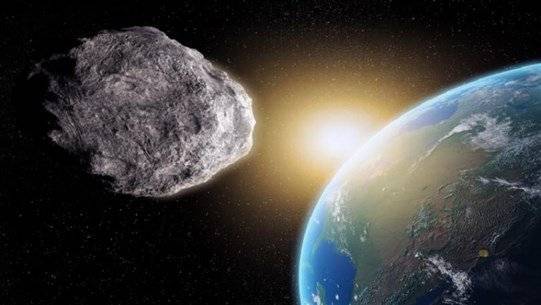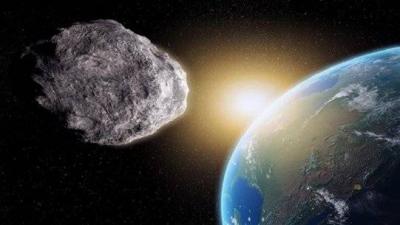Recent survey studies have revealed near-Earth objects, including asteroids that have not been seen before. When it comes to understanding the history of the solar system and planet formation, finding and tracking these asteroids could be crucial. Astronomer Scott Sheppard from the Carnegie Institution for Science in Washington, D.C. has reported on some near-Earth objects found between the Earth and the sun — and these discoveries are just beginning. Sheppard wrote in a column for Science: "New telescopic surveys are challenging the sun's glare and searching for asteroids toward the sun during twilight. These surveys have found many previously undiscovered asteroids near Earth."
The discoveries include the first asteroid with an orbit inside that of Venus (called 'Ayló'chaxnim 2020 AV2) and the asteroid with the currently shortest known orbital period around the sun (called 2021 PH27). While modeling had predicted that these asteroids should exist, telescopes such as the Zwicky Transient Facility in California and the 4-meter Blanco telescope of the National Science Foundation in Chile — equipped with the Dark Energy Camera (DECam) — have now begun to actually find them.
These asteroids are classified based on their location: Atiras (with orbits inside that of Earth), Vatiras (with orbits inside that of Venus), and hypothetical Vulcanoids (with orbits inside that of Mercury). What we know from observing craters on planets and moons is that the number of near-Earth objects has remained constant over the past few billion years. Given their dynamically unstable orbits (approximately 10 billion years) and unpredictable movements (caused by exposure to the sun), this suggests that near-Earth objects are somehow replenished.
Sheppard writes: "Movement depends on the asteroid's rotation, size, and distance from the sun. The smaller the asteroid and the more sunlight it absorbs, the more it moves." These discoveries of asteroids should help us understand more about their motion and how the number of near-Earth objects has remained stable over long periods. Scientists believe that most near-Earth objects are asteroids that have been displaced from the main belt between Mars and Jupiter.
However, Sheppard notes that there could also be stable inner reservoirs of near-Earth objects, providing a steady supply of Atiras and Vatiras. These asteroids might be fed and replenished by asteroids that venture into the broader solar system, collide with a planet, or are obliterated by close encounters with the sun. Naturally, the smaller the asteroids are, the harder they are to detect. Scientists estimate that around 90% of what are called "planet-killer" near-Earth objects—those at least one kilometer (0.62 miles) wide—have already been found. Sheppard wrote: "Near-Earth objects that are just a kilometer long may have orbits close to the sun or high inclinations, making them distant from the fields of major near-Earth object surveys."




